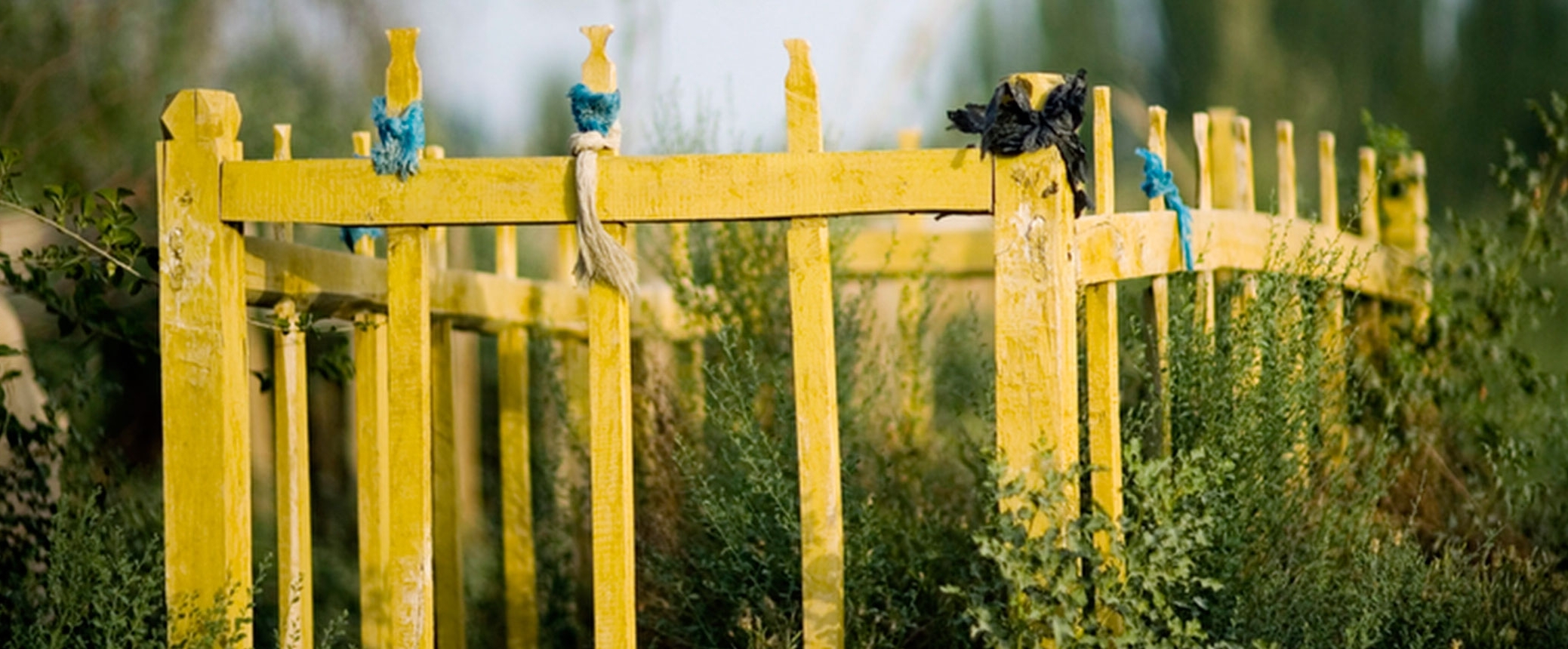
The Xinjiang Uyghur Autonomous Region is China’s largest province. It came under Chinese rule in 1949. With few exceptions, artists and foreign researchers have been denied meaningful access to the rural areas in Xinjiang. Ross’s close working relationships with a Uyghur anthropologist and a French historian focusing on Central Asian Islam have guided her more than eight-year exploration in the region. The extensive body of work from which this exhibition draws is rare in that it captures a time and place that is rapidly modernizing and transforming, as Xinjiang is now China’s largest source of untapped natural gas, oil, and minerals.
Ross’s work broadens our understanding of an understudied region at one of the world’s greatest cultural crossroads. At the same time, the conceptual and aesthetic dimensions of Ross’s photographs speak to the visual beauty, visceral ardency, and sacred gravity of these sites. The depth of Ross’s work will be enhanced by a book, Living Shrines of Uyghur China, to be released by Monacelli Press at the time the exhibition opens.
Curated by Beth Citron
This exhibition is supported, in part, by Peter Hutchings and Martha Wolfgang.
Plan your visit
Send Your Comments
Comments are moderated, and will not appear on this site until the Rubin has approved them.


